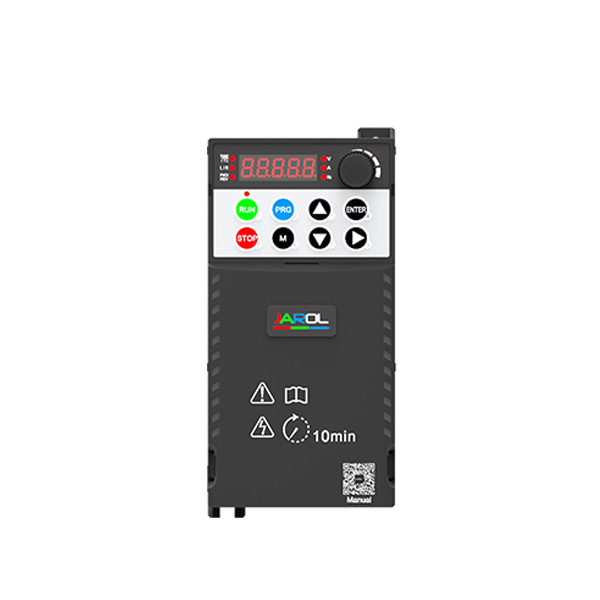Understanding Frequency Converters: Functions, Types, and Applications
2024-07-24
Frequency converters, also known as variable frequency drives (VFDs) or frequency inverters, play a crucial role in modern electrical systems by altering the frequency of an electrical power supply. This capability is essential for various applications across multiple industries, enabling precise control of motor speeds, energy savings, and enhanced performance. In this blog, we will explore the functions, types, and applications of frequency converters.
What is a Frequency Converter?

A frequency converter is an electronic device that converts the frequency of an electrical power supply to match the requirements of a particular application. By adjusting the input frequency, these devices can control the speed and torque of AC motors, making them versatile tools in many industrial and commercial settings.
Functions of Frequency Converters
1. Speed Control: Frequency converters allow for the precise control of motor speeds, which is essential for processes that require variable speeds or specific operational conditions.
2. Energy Efficiency: By optimizing motor speeds and reducing unnecessary power consumption, frequency converters contribute to significant energy savings, lowering operational costs and reducing environmental impact.
3. Soft Start and Stop: These devices enable smooth starting and stopping of motors, reducing mechanical stress and extending the lifespan of equipment.
4. Voltage Regulation: Frequency converters help maintain stable voltage levels, protecting sensitive equipment from voltage fluctuations and ensuring consistent performance.
Types of Frequency Converters
1. AC to AC Converters: These converters change the frequency of an alternating current (AC) power supply without converting it to direct current (DC) first. They are often used in applications requiring a direct change in frequency.
2. AC to DC Converters: Also known as rectifiers, these devices convert AC power to DC power. They are typically used in applications that require a DC power supply.
3. DC to AC Converters: Known as inverters, these converters change DC power back to AC power, often at a different frequency or voltage. They are commonly used in renewable energy systems, such as solar power installations.
4. Variable Frequency Drives (VFDs): VFDs are the most common type of frequency converter, designed specifically to control the speed and torque of AC motors by varying the input frequency and voltage.
Applications of Frequency Converters
1. Industrial Automation: Frequency converters are widely used in manufacturing and industrial automation to control conveyor belts, pumps, fans, and other machinery, optimizing performance and energy consumption.
2. HVAC Systems: In heating, ventilation, and air conditioning (HVAC) systems, frequency converters regulate the speed of fans and compressors, improving energy efficiency and maintaining comfortable indoor environments.
3. Renewable Energy: Frequency converters are essential in renewable energy systems, such as wind and solar power, where they convert and regulate the frequency of the generated power to match grid requirements.
4. Marine and Aerospace: In marine and aerospace applications, frequency converters are used to control the speed of engines and other critical systems, enhancing efficiency and performance.
5. Transportation: Frequency converters play a vital role in electric and hybrid vehicles, controlling motor speeds and optimizing energy use for improved fuel efficiency and performance.
Conclusion
Frequency converters are indispensable tools in modern electrical and mechanical systems, offering precise control over motor speeds, energy efficiency, and improved performance across various applications. Understanding the functions, types, and applications of frequency converters can help you make informed decisions when selecting and implementing these devices in your projects.


